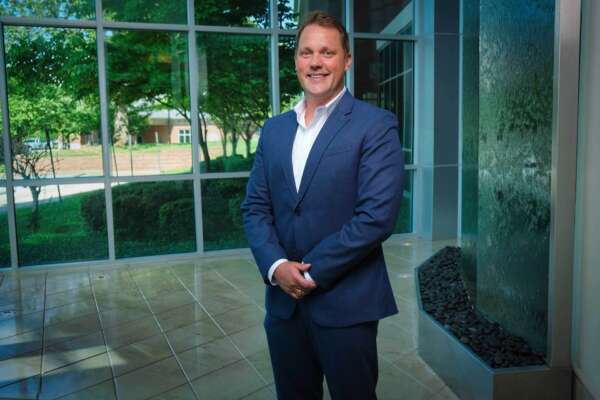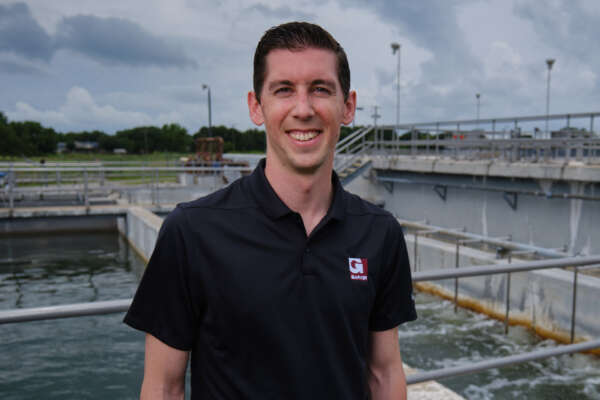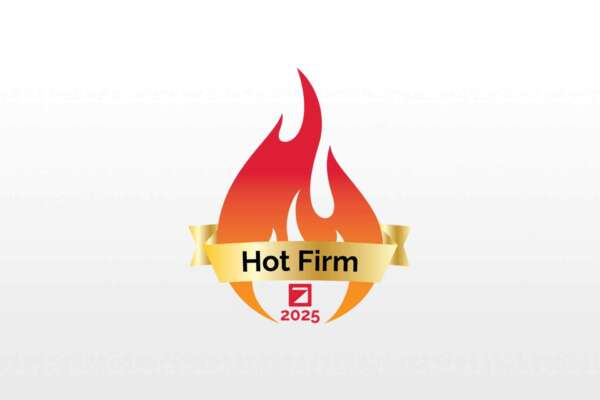Garver and Colorado utility conduct strategic evaluations to prepare for PFAS regulations
A utility in Colorado is working with Garver to evaluate cost-effective treatment methods, streamline solutions, and find funding.
Like many utilities, this confidential client (the Client) tackles challenges associated with supplying a large, urban community with clean, safe water. Even though the Client has their own water treatment plant (WTP), they supplement their water supply with treated water from another utility to provide for their population of 100,000. Much like other utilities who purchase water wholesale, the Client seeks to increase independence and reliance on their own water treatment system and sources.
Doing so requires evaluating their system, determining needs, prioritizing them, and then implementing solutions. By assisting with these efforts, Garver came to work with the Client on several key projects.
Garver began working with the Client in 2018 on hydraulic analysis and condition assessments of their facilities. These projects determined which improvements would be necessary to maintain the facilities and water system. From there, Garver conducted distribution system modeling and booster pump station planning to increase performance within the system.
“Due to our quality work and successful project results, we built a relationship with the Client as a trusted partner. They often reach out to Garver for continuing support of their facility improvements and planning efforts,” said Garver Colorado Water Business Team Leader Rick Huggins, PhD, PE.
Garver has continued to provide general on-call services, modeling for the Client’s raw water conveyance system, and evaluations of connections between their storage reservoirs.
During these projects, the Client found data suggesting there was per- and polyfluoroalkyl substances (PFAS) in some of their source water. As a result, the Client engaged in a competitive, invite-only selection process. Garver was invited to submit based on previous successful collaborations and was ultimately selected for the PFAS work, which included potential piloting and design tasks.
Garver assessed best available technologies:
Granular activated carbon (GAC)
Powdered activated carbon (PAC)
Anion exchange (AEX)
Membrane filtration
We evaluated emerging technologies for PFAS removal:
FLUORO-SORB® (surface activated clay)
Novel adsorbents
Thermal technologies
Oxidative technologies
Foam fractionation
Electrochemical technologies (electrocoagulation)
Providing a comprehensive overview of PFAS to help the Client make informed decisions
To start the Client’s PFAS efforts, Garver first gave them background information on the “forever chemicals,” addressing where these chemicals are normally found and why it’s important to remove them from the water. Also, to prepare the Client for proposed regulations currently under review, Garver educated the Client about how the allowable amount of PFAS in water has changed over the years – from 200 nanograms per liter to 70 nanograms per liter and potentially 4 nanograms per liter, pending revisions to the proposed regulation.
“With the Client understanding the magnitude by which allowable PFAS concentrations have changed in the past, they can prepare for future regulatory changes. Their efforts will give them a head start when the proposed regulations are finalized,” says Garver Colorado Project Manager Doug Ashworth, PE, who is working with the Client to develop PFAS plans.
Reviewing source waters to develop a water protection plan
Next, Garver looked at the preliminary PFAS sampling data the Client already had to determine if they’d need PFAS treatment and how that need could vary based on additional data from their reservoirs.
“During the source water review, the Client established a goal of reducing the frequency of their monitoring. However, we recommended increasing the frequency and provided a quantitative assessment that identified areas in their system that were at risk of PFAS, along with a mitigation plan,” said Huggins. During the quantitative assessment, Garver found multiple potential sources of PFAS contamination within their watersheds that may have contributed to contamination in their source water reservoirs.
Moving forward, the Client requested Garver complete additional condition assessments and evaluate technologies to determine their next steps and put plans in place for future improvements.
Identifying opportunities to implement PFAS improvements
One such evaluation and condition assessment was of their WTP. First, Garver reviewed the Client’s water quality data, particularly raw and finished water parameters such as turbidity, pH, alkalinity, and manganese. These parameters were evaluated because they could have negative interactions with some of the best available technologies the client was considering and affect downstream PFAS treatment.
Next, Garver toured the plant with two main goals: 1) to gain hands-on familiarity with the Client’s treatment practices and verify that everything was operating within industry standards, and 2) to determine where new process equipment for PFAS mitigation could be installed. The assessment found that the plant was operating within normal industry standards and that there were multiple locations on the WTP site that could house PFAS treatment technology.
From there, Garver worked with the client to establish treatment goals, determine required capacity for PFAS treatment, and refine possible PFAS treatment locations on-site. Because the WTP is very site constrained, the Client needed Garver to identify what their options were for expansion, where new processes could be located, and how it might affect the total capacity.
Side-stream treatment was one option that could save on capital costs and space at the WTP site. Full flow treatment would require greater investment but offered the Client and its customers the best PFAS removal. Garver advised the Client to wait before making decisions about which path to pursue until after the proposed regulations are finalized in 2024.
Evaluating technologies to determine their impact on PFAS removal/destruction
Since the source water data review indicated PFAS were present, the Client needed to take the next step and start preparing for improvements to their treatment system that would tackle PFAS. The Client asked Garver to evaluate the best available technologies that are commonly deployed for PFAS treatment, such as:
- Granular activated carbon (GAC)
- Powdered activated carbon (PAC)
- Anion exchange (AEX)
- Membrane filtration
The Client was forward-thinking and also wanted to see if some new, emerging technologies might be suitable. These technologies, while not in widespread use for treating PFAS, are being studied to determine their efficacy in PFAS removal or destruction:
- Novel adsorbents, such as FLUORO-SORB® (surface activated clay)
- Thermal technologies
- Oxidative technologies
- Foam fractionation
- Electrochemical technologies (electrocoagulation)
“It has been great to work with a client who wanted to explore their options and evaluate emerging and novel technologies for PFAS treatment. We are always looking for ways to keep clients ahead of industry standards,” said Ashworth.
Developing funding strategies to find the right funding for the Client’s goals
As with many utilities’ PFAS initiatives, funding was necessary to complete the piloting research and potential improvements. Garver discussed goals and needs with the Client to create a list of potential funding sources that would best align with what they needed. A few of the funding programs included:
- Drinking Water Revolving Fund – the Client would directly get dollars in hand
- Colorado Department of Public Health and Environment – specific PFAS grant program
- Water Infrastructure Finance and Innovation Act
This list will serve the Client when they’re ready to move forward with PFAS improvements. It provides details of funding amounts available from each funding source, the terms of the loan or grant, and what is necessary to submit a funding request.
Moving forward with piloting to prepare for the future
Garver recommended that the Client perform pilot tests and evaluations of the best available technologies to determine which one is best suited for the Client’s source water chemistry, site constraints, and PFAS goals. From there, Garver will work with the Client to create a plan for the next steps in PFAS removal, helping them think through their options and phase improvements to meet current needs and to prepare for future regulations. Together, the Client and Garver will prepare this growing Colorado community for PFAS removal.









Share this article